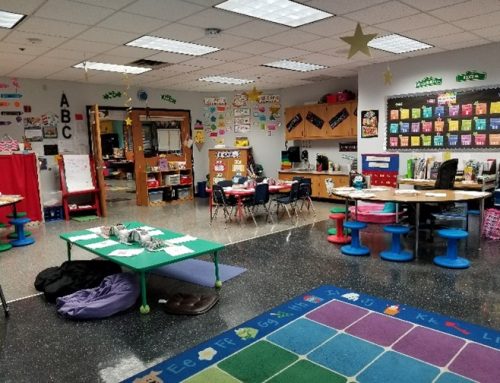The active seating demands in classrooms continue to rise and yet, I have a lot of people who make purchasing decisions continue to ask, “what makes an active seat better for you than a traditional chair?”
Here are a few facts as to the benefits of active seating.
Increases Blood Flow to the Brain

Utilizing an active seat, like a wobble stool or ball chair can promote regular and simple movements in the user, allowing for an elevated heart rate that increases blood flow. This increase in blood flow helps to circulate oxygen to the brain, allowing for neurogenesis (the creation of neurons-brain pathways) to take place, creating information super-highways that allow for increased information intake and retention.
It Promotes Better Posture
Most active seating creates an experience for the user that forces them to sit up straighter, engaging their core and legs in finding a balance position. This position, while it can be uncomfortable at first, takes stresses off the body that chairs create, allowing for the brain to focus on tasks at hand instead of discomfort. This positive posture is created by eliminating neck and shoulder tension.
Builds Core Strength
Users are forced to utilize their core muscles to find balance on an active seat. While this is not necessarily a trainer-endorsed workout plan, it is a great core workout. For younger users, these core muscles are essential for coordination, balance, and physical activity. With playground time and physical education taking on smaller roles in schools, these are great for classrooms.

Reduces the Fidget and Anxiety
Active seating allows users to express their anxieties through movement. Rather than kicking their foot on the ground, playing with a pencil, or having to constantly stand and move from their place, active seats build motion into sitting, with many having both a movement and tactile experience for users to take advantage of.
Great for Collaborative Spaces
Active seating is mobile, lightweight, and easy to maintain. This makes them great for team activities, group work, and movement within a workspace.
Active Seating Examples
Want to know more? Download our free toolkit all about kinesthetic classrooms





Leave A Comment